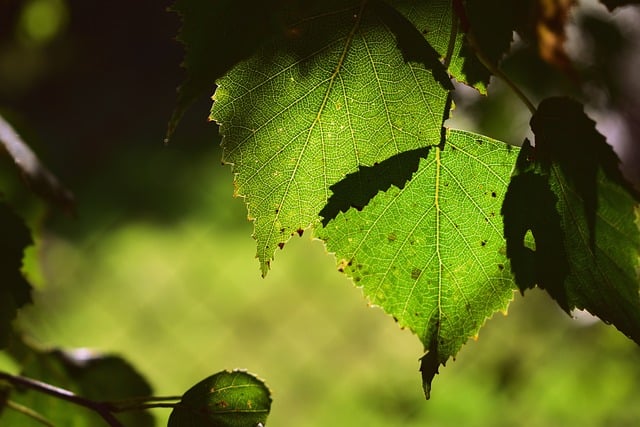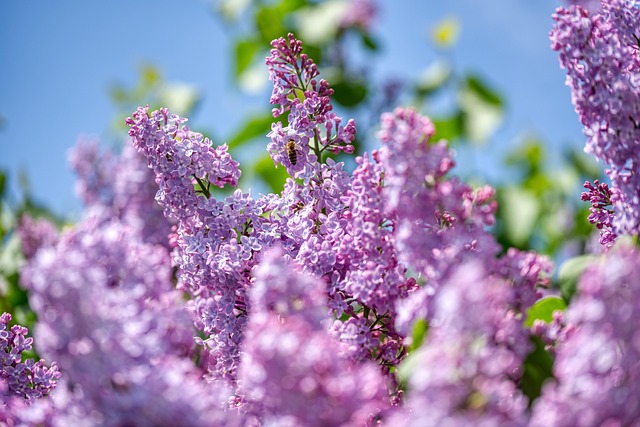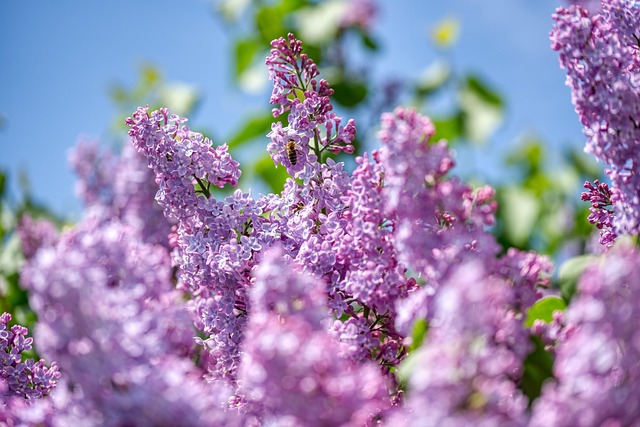In Plano, Texas, local arborists are crucial for maintaining the city's vibrant urban forest. They address common tree health issues like fungal infections (e.g., oak wilt, root rot) and insect infestations through regular inspections, knowledgeable expertise of regional flora, and effective strategies such as pruning, adjusted watering, and targeted treatments. Plano TX arborists ensure tree longevity and resilience, fostering a balanced ecosystem for the community's enjoyment. Their early detection and customized care prevent severe damage, as demonstrated in rehabilitating a mature oak with a fungal infection.
In Plano, TX, understanding tree diseases is crucial for maintaining urban greenspaces. This comprehensive guide explores common tree issues prevalent in the area, highlighting the vital role an arborist plays in diagnosis and treatment. Learn about visual signs indicating diseased trees and gain practical prevention tips. We also present case studies showcasing successful tree rehabilitation efforts, emphasizing the importance of expert care from a qualified Plano TX arborist.
- Understanding Disease in Trees: Common Issues in Plano, TX
- The Role of an Arborist: Diagnosis and Treatment Strategies
- Identifying Diseased Trees: Visual Signs and Symptoms
- Preserving Urban Greenspaces: Prevention and Management Tips
- Case Studies: Successful Tree Rehabilitation in Plano, TX
Understanding Disease in Trees: Common Issues in Plano, TX

Understanding Disease in Trees: Common Issues in Plano, TX
In Plano, TX, like many urban areas, trees face various health challenges due to a confluence of factors including climate, pests, and improper care. A Plano TX arborist is equipped to identify and manage these issues, ensuring the longevity and vitality of local landscapes. Common tree diseases in the region include fungal infections such as oak wilt, root rot, and leaf spots, often exacerbated by excessive moisture or poor drainage. Additionally, insect infestations like borer beetles and scale can vector secondary pathogens, further compromising tree health.
Arborists in Plano TX are trained to recognize these problems early through regular inspections and comprehensive knowledge of local flora. They employ strategies such as pruning to improve air circulation, adjusting watering schedules for optimal hydration, and applying targeted treatments to mitigate diseases and pests. By fostering a robust and balanced ecosystem, arborists help maintain the urban forest’s overall health and resilience against disease outbreaks, ensuring that Plano’s trees remain a vibrant part of the community for years to come.
The Role of an Arborist: Diagnosis and Treatment Strategies

An arborist in Plano, TX, plays a vital role in maintaining and preserving trees within the city’s landscape. They are equipped with the knowledge and skills to diagnose and treat various tree diseases, ensuring the health and longevity of these urban giants. When a tree exhibits signs of distress, such as unusual growth patterns, leaf discoloration, or structural weaknesses, an arborist steps in as a true tree doctor.
Using their expertise, they conduct thorough examinations, analyzing factors like soil conditions, pest infestations, and environmental stressors that may contribute to the disease. Upon diagnosis, treatment strategies are implemented tailored to the specific issue. This might include recommendations for proper pruning, fertilization, or pest control measures. In severe cases, an arborist might suggest tree removal as a necessary step to prevent further damage and ensure public safety.
Identifying Diseased Trees: Visual Signs and Symptoms

In the realm of tree care, an arborist in Plano TX plays a crucial role in identifying and addressing diseased trees. Visual signs and symptoms are often the first indicators of trouble. A Plano TX arborist carefully examines the tree’s foliage, looking for discoloration, spots, or blisters that could suggest various diseases. Branch cankers, for instance, appear as sunken areas on twigs or branches, while dieback—the loss of leaves or twigs—can signal a variety of problems, including fungal infections or nutrient deficiencies.
The trunk and bark of a tree are also critical areas to inspect. Cracks, splits, or peeling bark may point to structural issues or pest infestations. An arborist will assess the overall health and appearance of the tree, considering factors like stunted growth, abnormal twisting or bending of branches, and the presence of sap oozing from wounds—all potential red flags for disease or infestation. Early detection by a Plano TX arborist is vital to preserve the tree’s health and prevent further damage.
Preserving Urban Greenspaces: Prevention and Management Tips

In urban areas like Plano, Texas, preserving green spaces is vital for environmental balance and community well-being. A dedicated Plano TX arborist plays a crucial role in maintaining and enhancing city landscapes. They offer preventive measures such as regular tree inspections to identify potential diseases or pests early on, which can significantly reduce the risk of large-scale damage.
Proper management techniques include pruning and trimming to improve air circulation and sunlight penetration, both of which help strengthen trees against illnesses. Additionally, an arborist can recommend suitable tree species for specific areas, considering local climate and soil conditions, thereby increasing the likelihood of long-term health and vibrancy in urban greenspaces.
Case Studies: Successful Tree Rehabilitation in Plano, TX

In Plano, TX, several successful tree rehabilitation cases highlight the expertise of local arborists in restoring and revitalizing diseased or damaged trees. One notable example involves a mature oak tree suffering from severe fungal infection. A skilled Plano TX arborist was called in to assess the situation. After careful examination, the arborist developed a comprehensive treatment plan combining fungicidal treatments, pruning to improve air circulation, and soil amendments to enhance overall tree health.
Over several months, the arborist’s interventions showed remarkable results. The fungal infection began to recede, new growth emerged, and the tree’s structure strengthened. This case demonstrates how proactive management and expert care can restore even the most stressed trees. It emphasizes the importance of seeking professional assistance from a Plano TX arborist for proper diagnosis and treatment, ensuring not only the survival but also the longevity and beauty of these valuable urban and natural assets.
In conclusion, a diseased tree arborist in Plano, TX, plays a vital role in preserving the city’s urban greenspaces. By understanding common tree diseases, employing effective diagnosis and treatment strategies, and promoting prevention through education, these professionals ensure the health and longevity of Plano’s tree canopy. With successful rehabilitation case studies under their belt, an arborist can help restore even the most challenging landscapes, enhancing the aesthetic and ecological value of the community for years to come.






